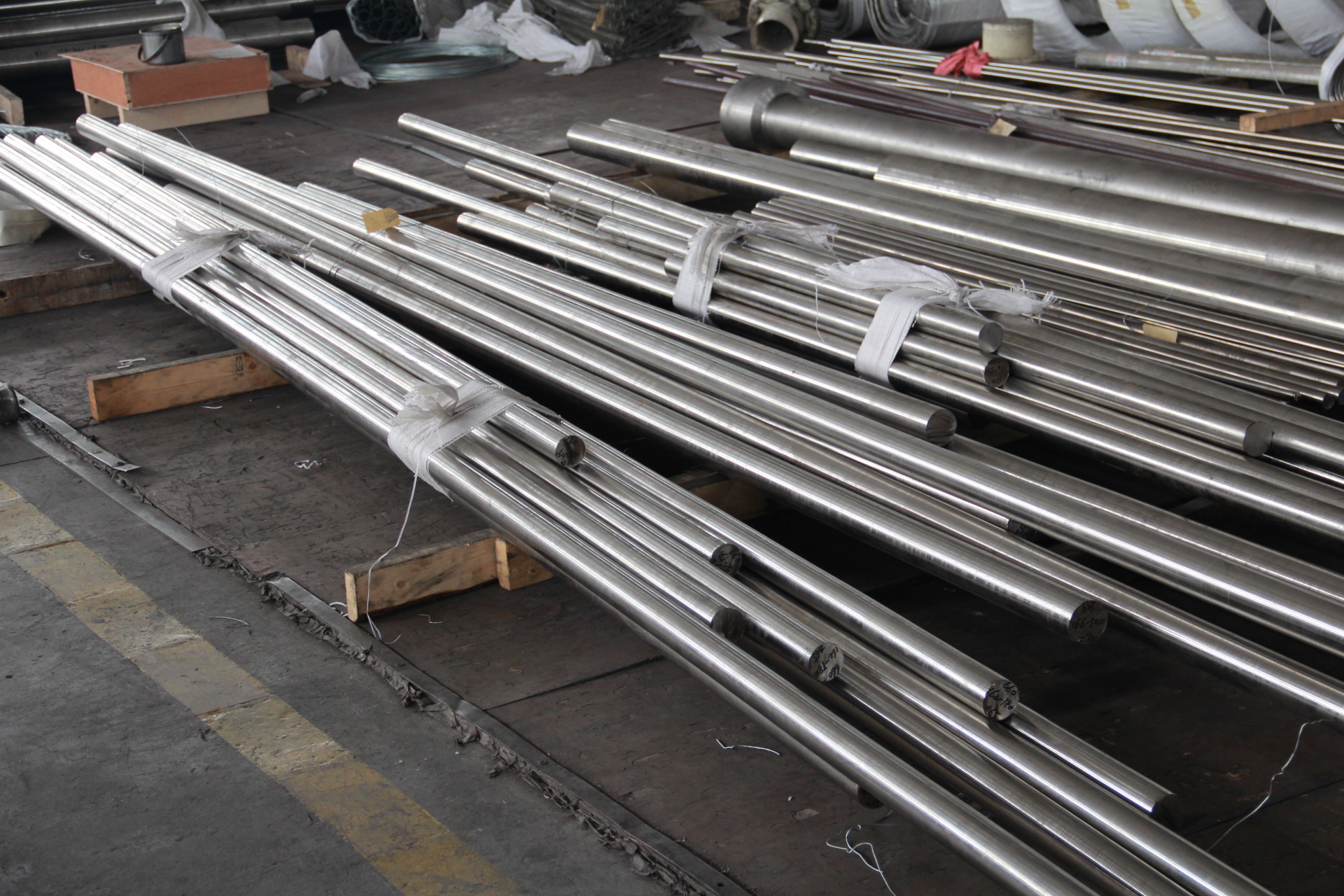That is, the dust is in the explosion limit range, encountering the heat source (open flame or temperature), the flame instantaneously propagates through the entire mixed dust space, the chemical reaction speed is extremely fast, and at the same time, a large amount of heat is released, forming a high temperature and a large pressure, the system The energy is converted into mechanical work as well as light and heat radiation, which is very destructive.
Basic definition
Any solid substance in a fine powder state is called dust. Dust that can be burned and exploded is called combustible dust; dust that floats in the air is called suspended dust; dust that settles on the solid wall is called deposited dust. The following seven types of substances have been found to be explosive: metals (such as magnesium powder, aluminum powder); coal; food (such as wheat, starch); feed (such as blood meal, fish meal); agricultural and sideline products (such as cotton, tobacco); Products (such as paper powder, wood powder); synthetic materials (such as plastics, dyes). The dust generated in the production process of some factories and mines, especially the dust generated in the processing of some organic materials, may explode and burn under certain conditions. Research results at home and abroad show that there are generally three of these conditions:
(1) The flammable dust is suspended in the air at an appropriate concentration to form a dust cloud as is often said;
(2) There is sufficient air and oxidant;
(3) There is a source of fire or strong vibration and friction. It is generally believed that as long as the explosive dust meets the conditions (1) and (2), it means that there is a possibility that an accident may occur.
Explosion process
The explosion of dust can be regarded as the following three steps: the first step is that the suspended dust is quickly retorted or vaporized by the heat source to produce a combustible gas; the second step is that the combustible gas is mixed with air to burn; The three steps are the heat released by the dust combustion, which is transmitted to the nearby suspended or blown dust by heat conduction and flame radiation. The dust is heated and vaporized to make the combustion cycle. As each cycle progresses, the reaction speed gradually increases, and through intense combustion, an explosion is formed. This explosion reaction, as well as the speed of the explosion flame, the speed of the explosion wave, the pressure of the explosion, etc., will continue to accelerate and rise, and will leap forward.
Explosion characteristics
(1) Multiple explosions are the biggest feature of dust explosions;
(2) The minimum ignition energy required for dust explosion is high, generally above tens of millijoules.
(3) Compared with the explosion of flammable gas, the dust explosion pressure rises slowly, the higher pressure lasts for a long time, the energy released is large, and the destructive power is strong.
Major hazard
(1) It is extremely destructive. Dust explosions cover a wide range of sectors, including coal, chemical, pharmaceutical processing, wood processing, food and feed processing. For example, between 1952 and 1979, there were 209 kinds of dust explosion accidents in Japan, and there were 546 casualties. Among them, the crushing and milling project and the dust separation project were more prominent, each with 46 cases. In the Federal Republic of Germany, there were 768 dust explosion accidents from 1965 to 1980. The most serious ones were wood powder and wood products dust and food and feed explosion accidents, accounting for 32% and 25% respectively. In recent years, the frequency of dust explosions in China every year is: local explosions 150-300 system explosions 1-3 times, and showing an increasing trend. These dust explosions in our country, especially the system explosion, caused serious losses. In 1987, the linen dust explosion accident of Harbin Flax Factory killed 58 people, 177 people were light and serious, and the direct economic loss was 8.82 million yuan.
(2) It is easy to produce a secondary explosion. The first explosion of air waves blows the dust deposited on the equipment or the ground. In the short time after the explosion, the central area of ​​the explosion will form a negative pressure, and the surrounding fresh air will be filled in from the outside to the inside, forming a so-called "return". The wind, mixed with the raised dust, caused a second explosion under the igniting of the first explosion. In the second explosion, the dust concentration is generally much higher than in an explosion, so the power of the second explosion is much larger than the first time. For example, in a sulphur powder plant, an internal explosion occurs in the grinder, and the blast wave diffuses from the grinder to the cyclone along the gas pipe. A secondary explosion occurs in the cyclone, and the blast wave is generated on the cyclone after passing the explosion. The crack spread to the workshop, sulphur dust settled on buildings and process equipment, and an explosion occurred.
(3) It can produce toxic gases. One is carbon monoxide; the other is a toxic gas that is decomposed by explosives (such as plastic). The generation of poisonous gas often causes a large number of human and animal poisoning casualties after the explosion, and must be fully taken seriously.
Precision alloy, is a kind of alloy owning special physical properties (such as magnetism, electrical, thermal and other properties).The vast majority of precision alloy is black metal based, only a few is based of nonferrous metals. It usually includes magnetic alloys, elastic alloys, expansion alloys, thermal bimetal, electrical alloy, hydrogen storage alloys, shape memory alloy, magnetostrictive alloy and etc.
In addition, in practical application some new type alloy are also considered to belonging into precision alloy, such as vibration damping alloy, stealth alloy, magnetic recording, superconducting alloys and microcrystalline amorphous alloy and etc.

Precise Alloy,Alloy Precision Cnc Machining,Precision Iso9001 Aluminum Alloy,Cnc Precise Alloy Machining
Jiangsu nickel alloy Co.,Ltd , https://www.xhalloy.com